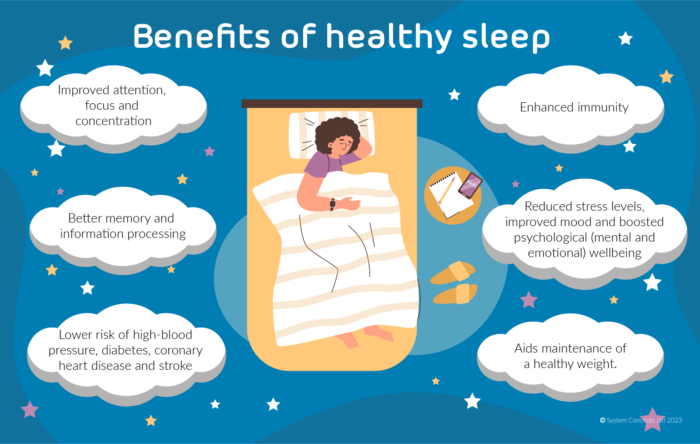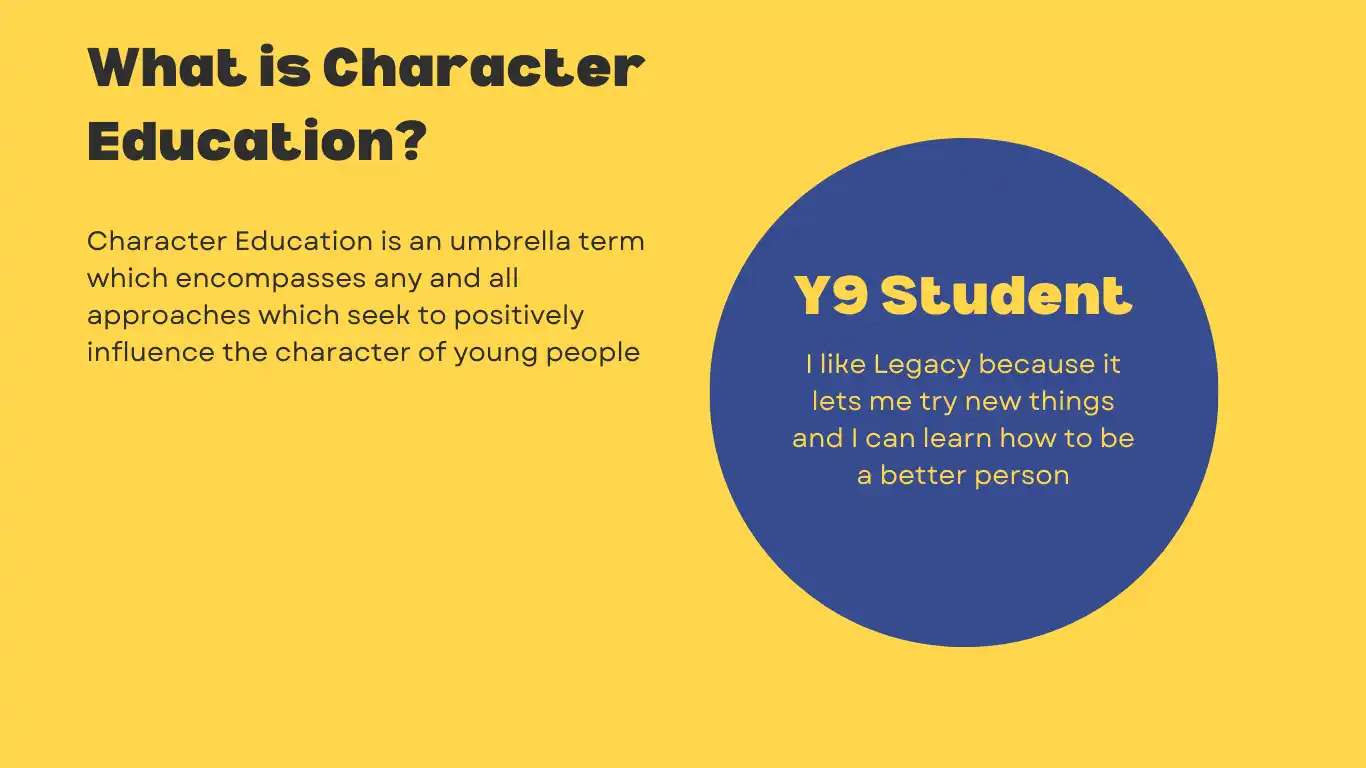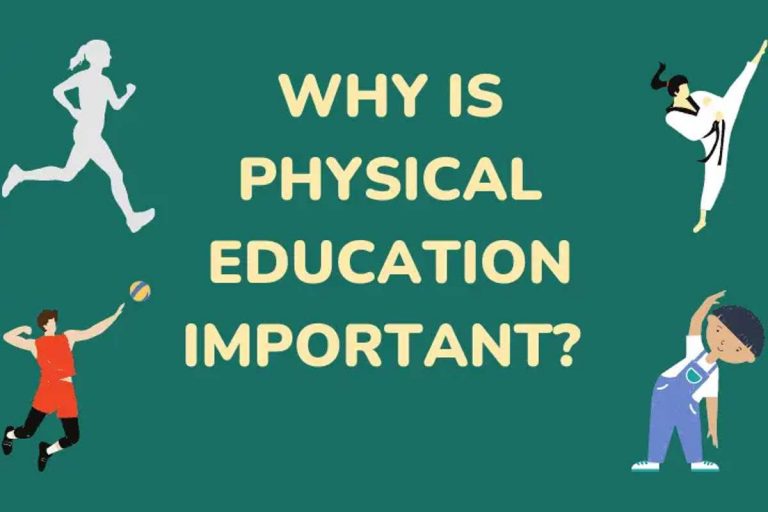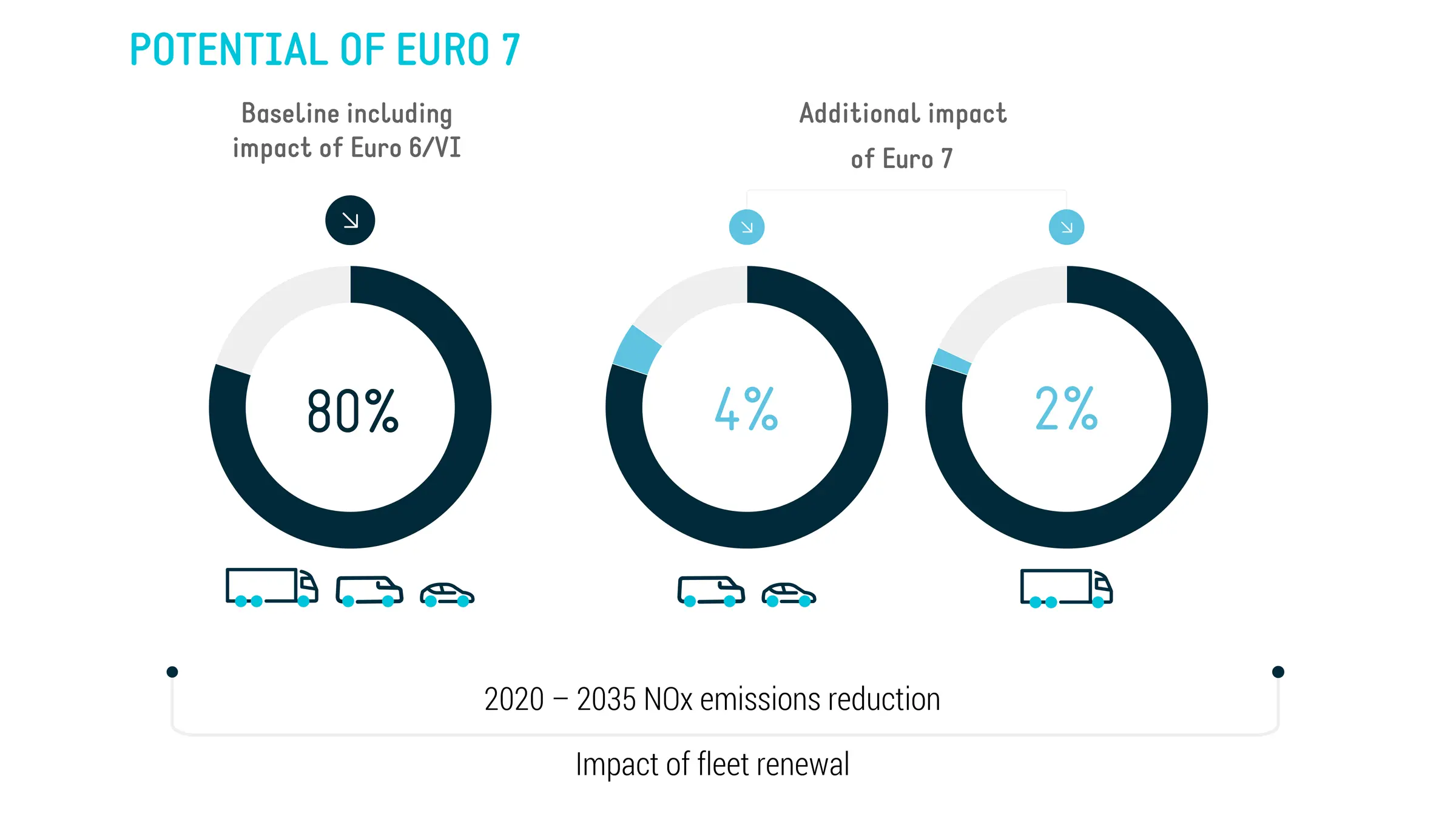What Does PLC Stand for in Education?
Mia Wilson

Photo: What Does PLC Stand for in Education?
What Does PLC Stand for in Education? Understanding Professional Learning Communities
In the evolving landscape of education, educators continuously seek effective strategies to enhance teaching practices and improve student outcomes. One such strategy gaining prominence is the concept of PLC. But what does PLC stand for in education, and how does it impact schools and teachers? This article delves into the meaning of PLC, its significance, implementation strategies, and the benefits it brings to the educational environment.
Introduction to PLC in Education
Professional Learning Communities (PLCs) have become a cornerstone in modern educational frameworks. As schools strive to foster collaborative environments, PLCs offer a structured approach for educators to work together towards common goals. Understanding PLCs is essential for educators, administrators, and stakeholders aiming to create effective and sustainable improvements in teaching and learning.
What is PLC? Defining the Acronym in Education
PLC stands for Professional Learning Community. In the context of education, a PLC is a group of educators that collaborates regularly to improve teaching practices, enhance student learning, and foster a culture of continuous improvement within the school.
Key Components of a Professional Learning Community
- Shared Vision and Goals: PLCs operate on a common set of goals focused on student achievement and educational excellence.
- Collaborative Culture: Teachers work together, sharing insights, strategies, and resources to address challenges and implement best practices.
- Data-Driven Decision Making: PLCs utilize data to inform instructional strategies, monitor progress, and make adjustments as needed.
- Continuous Learning: Members engage in ongoing professional development, staying updated with the latest educational research and methodologies.
The Importance of PLCs in Modern Education
Professional Learning Communities play a pivotal role in transforming educational institutions. Their importance can be highlighted through several key aspects:
Enhancing Teacher Collaboration
PLCs foster a collaborative environment where teachers can share experiences, discuss challenges, and develop joint solutions. This collaboration leads to more cohesive and effective teaching strategies, ultimately benefiting students.
Improving Student Outcomes
By focusing on student achievement, PLCs ensure that teaching methods are aligned with students' needs. Regular assessment and data analysis help in identifying areas where students struggle, allowing for timely interventions and support.
Promoting Professional Growth
PLCs encourage continuous professional development. Educators are motivated to expand their knowledge and skills, staying abreast of the latest educational trends and research. This commitment to growth enhances overall teaching quality.
Building a Positive School Culture
A collaborative and supportive environment contributes to a positive school culture. When educators work together towards common goals, it fosters a sense of community and shared responsibility for student success.
Implementing a Professional Learning Community
Establishing a successful PLC requires careful planning and commitment. Here are essential steps to implement a PLC effectively in an educational setting:
Establish a Shared Vision
Begin by defining a clear and shared vision for the PLC. This vision should focus on improving student outcomes and enhancing teaching practices. Involve all members in the creation of this vision to ensure buy-in and commitment.
Create Collaborative Structures
Designate regular meeting times and establish structures that facilitate effective collaboration. This could include setting agendas, assigning roles, and utilizing collaborative tools to streamline communication and workflow.
Utilize Data Effectively
Incorporate data analysis into PLC activities. Use student performance data, assessments, and other relevant metrics to guide discussions and decision-making processes. Data-driven insights help in identifying strengths and areas for improvement.
Foster a Culture of Trust and Respect
Build a trusting environment where members feel comfortable sharing ideas and feedback. Encourage open communication and respect diverse perspectives to enhance collaboration and innovation.
Provide Ongoing Professional Development
Offer continuous professional development opportunities tailored to the needs of the PLC members. This could include workshops, training sessions, and access to educational resources that support the PLC’s goals.
Benefits of Professional Learning Communities
The implementation of PLCs offers numerous benefits to educators and students alike. Understanding these advantages can motivate schools to adopt and sustain PLC practices.
Enhanced Teacher Effectiveness
Through collaboration and shared learning, teachers develop more effective instructional strategies. This collective expertise leads to improved teaching practices that directly impact student learning.
Increased Student Achievement
With a focus on data-driven instruction and continuous improvement, PLCs contribute to higher student achievement. Tailored interventions and targeted support help students reach their full potential.
Greater Job Satisfaction
Teachers involved in PLCs often experience increased job satisfaction. The supportive and collaborative environment reduces burnout and fosters a sense of accomplishment and professional fulfillment.
Sustainable School Improvement
PLCs create a framework for ongoing school improvement. By continuously addressing challenges and implementing best practices, schools can sustain long-term growth and excellence.
Challenges in Establishing PLCs
While PLCs offer significant benefits, implementing them can present challenges. Recognizing and addressing these obstacles is crucial for the success of a PLC.
Time Constraints
Finding time for regular PLC meetings amidst busy teaching schedules can be difficult. Schools need to prioritize and allocate dedicated time for collaboration to ensure effective PLC functioning.
Resistance to Change
Some educators may resist the shift towards a collaborative model, preferring traditional individual approaches. Overcoming this resistance requires clear communication of the benefits and ongoing support.
Ensuring Consistent Participation
Maintaining consistent participation and engagement from all members can be challenging. Establishing clear roles, responsibilities, and accountability measures helps in sustaining active involvement.
Access to Resources
Limited access to necessary resources, such as data analysis tools or professional development materials, can hinder PLC effectiveness. Schools should invest in providing the required resources to support PLC activities.
Strategies for Overcoming PLC Implementation Challenges
To ensure the successful establishment and sustainability of PLCs, schools can adopt several strategies:
Leadership Support
Strong leadership support is essential. School leaders should champion the PLC initiative, provide necessary resources, and create an environment that values collaboration and continuous improvement.
Clear Communication
Maintain open and transparent communication about the goals, processes, and expectations of the PLC. Clear communication helps in aligning efforts and fostering a shared commitment among members.
Professional Development
Provide targeted professional development that equips educators with the skills and knowledge needed to participate effectively in PLCs. This includes training on data analysis, collaborative techniques, and instructional strategies.
Monitoring and Evaluation
Regularly monitor and evaluate the PLC’s progress towards its goals. Use feedback and data to make informed adjustments, ensuring that the PLC remains focused and effective.
Conclusion: The Future of PLCs in Education
Professional Learning Communities represent a transformative approach to education, emphasizing collaboration, continuous improvement, and data-driven decision-making. By fostering a collaborative culture among educators, PLCs enhance teaching effectiveness, improve student outcomes, and contribute to a positive school environment. Despite challenges in implementation, the benefits of PLCs make them a valuable investment for educational institutions committed to excellence and sustainable growth.
As education continues to evolve, the role of PLCs is likely to expand, incorporating new technologies and methodologies to further support teachers and students. Embracing PLCs can lead to a more dynamic, responsive, and effective educational system, ultimately preparing students for success in an increasingly complex world.
For You
View AllLearn the online car buying process and how to secure the best deals with ease. Get expert tips for a safe and smart purchase!
Mia Wilson
Unpack the meaning of education, its significance, and its role in transforming lives. Explore its essence today!
Mia Wilson
Understand Euro 6 emission standards and their impact on car manufacturing and air quality. Stay informed on environmental policy!
Mia Wilson
Find out the best websites for unbeatable budget travel deals. From flights to hotels, save big on your next trip!
Mia Wilson
Unlock effective strategies to meet your greenhouse gas reduction targets. Discover actionable tips and insights to make a real impact. Read now!
Mia Wilson
Uncover the dangers of prolonged inactivity on your health. Learn how to stay active and prevent health risks. Read more now!
Mia Wilson
Health










Education
View All
May 27, 2025
What Is Brown vs. Board of Education?
Explore the historic Brown vs. Board of Education case, its impact on civil rights, and its legacy. Learn why it matters today!

May 10, 2025
What Is Character Education?
Discover the importance of character education in schools and how it fosters ethical and emotional development. Learn more now!

April 25, 2025
Why Is Physical Education Important?
Learn why physical education is essential for health, academics, and personal growth. Get inspired to stay active!





